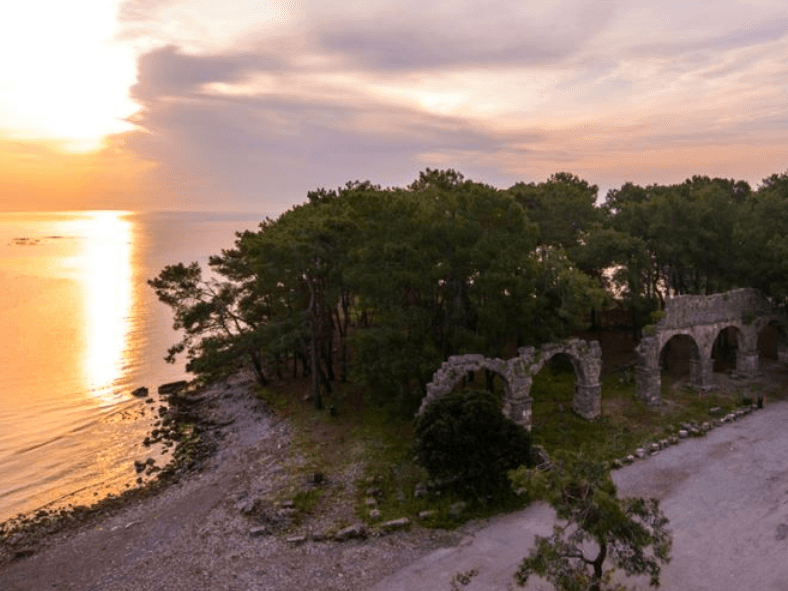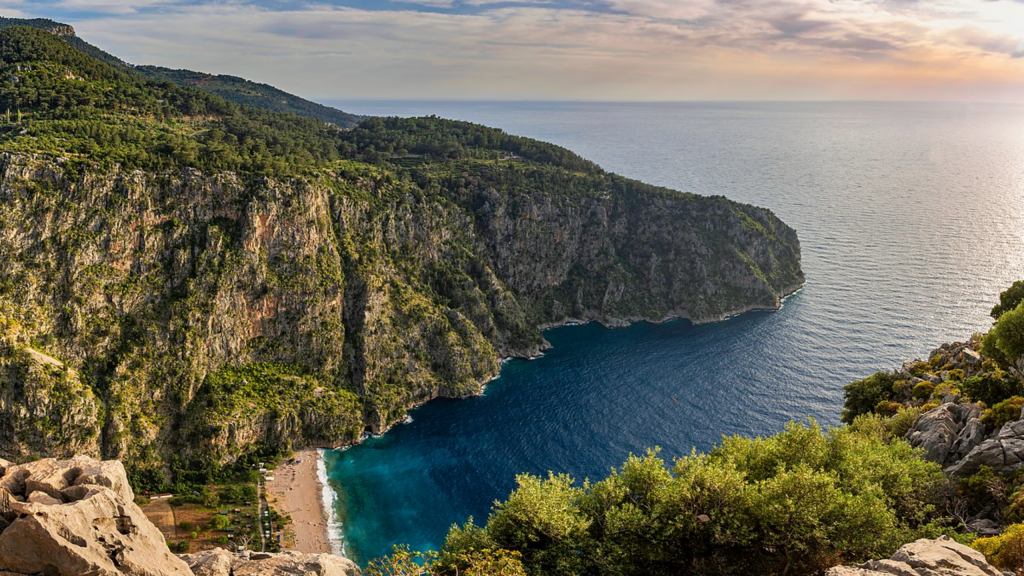

Ionians, the Greeks, Lydians, and the Roman people have something in common. They are a few of the many ancient civilizations that chose to settle across the coasts of the Aegean Sea of Türkiye. Throughout history, people have preferred to live near the water. Cities have been built on coasts, which have become centers of cultural exchange and trade, as evidenced by the many cultural heritage sites left behind. Turkey is one such country with numerous coastal heritage sites, which are at risk of destruction. One of the major threats driving this risk is climate change, which is causing sea levels to rise globally.

In order to preserve the heritage of humanity, it is crucial to understand the risks and the vulnerabilities well. For this purpose, this screening project aims to develop and utilize a comprehensive vulnerability assessment model to assess the vulnerability of coastal cultural heritage to sea level rise and its impacts.
What is vulnerability assessment?
The IPCC (Intergovernmental Panel on Climate Change) proposes a comprehensive approach to define vulnerability. This approach recognizes that vulnerability is not solely a product of environmental exposure, but also hinges on how communities, ecosystems, and societies respond to these environmental stressors. Considering this, vulnerability is defined with three components.
Exposure
The term refers to the extent to which a recognized heritage value is subjected to the influence of climatic fluctuations and the ensuing consequences. It is contingent upon the prevailing environmental conditions, encompassing both physical and atmospheric elements.
Sensitivity
This term refers to the susceptibility of a heritage resource, contingent upon its material properties and physical state of preservation. This sensitivity assessment examines how susceptible the resource is to the adverse effects of climatic changes.
Adaptive Capacity
This term encompasses a proactive approach to enhance resilience and adaptability.

The vulnerability assessment introduced in this project is a pioneering study in the context of national cultural heritage assets situated along the coasts of Türkiye. This assessment aims to integrate the physical indicators with social vulnerabilities. In other words, the innovative approach lies in the unification of coastal engineering principles with insights from a number of disciplines, including architecture, city and regional planning, archaeology, tourism, and more.






